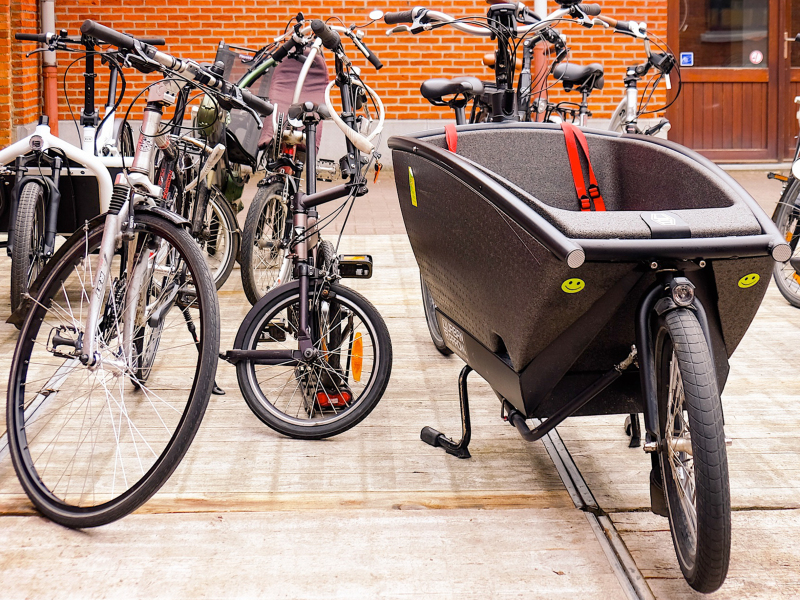The cycling economy in Belgium
23098
Cycling is gaining popularity in Belgium, with growing sales of electric and new types of bicycles. TML conducted a study to quantify the economic impact of the cycling economy, examining the net added value and employment of different cycling activities.
Cycling is becoming increasingly popular in Belgium - not only as a sport, but also as a means of mobility. More and more bicycles are being sold, especially electric ones. Moreover, there is a growing popularity of new types of bikes such as gravel bikes, (e-)cargo bikes, and e-sport bikes. Bike leasing is also on the rise, both among companies and individuals.
The rapidly growing bicycle sector is generating a whole host of booming related activities, such as a range of shared bicycles, bicycle tourism, freight transport by bicycle, the development of bicycle tools and accessories, bicycle events, bicycle insurance, ...
However, despite the growing popularity of cycling, few studies exist that provide a comprehensive overview of the economic effects of cycling, both in terms of net value added and employment. This study addresses this issue. Our aim was to quantify the entire cycling economy in Belgium in terms of employment, turnover, and growth. We also compared the bicycle sector with other sectors as well as with our neighbouring countries and estimated its growth potential towards the future. A unique feature of this study is that we looked beyond bicycle production and sales. We calculated the net added value and employment of the following bicycle activities, among others:
Our research shows the importance of the Belgian cycling economy. In 2022, the cycling economy generated a total net added value of almost a billion euros and employed more than 17,000 full-time equivalents. It also grew faster than the Belgian economy in general in recent years.
TML conducted the entire study, from the literature review and data collection and analysis to the market analysis and consumer and employee analysis. To do so, we consulted several databases, synthesised diverse data sources, and organised a large number of interviews with stakeholders and experts.
Cycling is becoming increasingly popular in Belgium - not only as a sport, but also as a means of mobility. More and more bicycles are being sold, especially electric ones. Moreover, there is a growing popularity of new types of bikes such as gravel bikes, (e-)cargo bikes, and e-sport bikes. Bike leasing is also on the rise, both among companies and individuals.
The rapidly growing bicycle sector is generating a whole host of booming related activities, such as a range of shared bicycles, bicycle tourism, freight transport by bicycle, the development of bicycle tools and accessories, bicycle events, bicycle insurance, ...
However, despite the growing popularity of cycling, few studies exist that provide a comprehensive overview of the economic effects of cycling, both in terms of net value added and employment. This study addresses this issue. Our aim was to quantify the entire cycling economy in Belgium in terms of employment, turnover, and growth. We also compared the bicycle sector with other sectors as well as with our neighbouring countries and estimated its growth potential towards the future. A unique feature of this study is that we looked beyond bicycle production and sales. We calculated the net added value and employment of the following bicycle activities, among others:
- Bicycle leasing
- Bicycle sharing
- Cycle tourism
- Bicycle logistics (e.g., deliveries)
- Tools, accessories, and apps
- Cycling clubs and events
- ...
Our research shows the importance of the Belgian cycling economy. In 2022, the cycling economy generated a total net added value of almost a billion euros and employed more than 17,000 full-time equivalents. It also grew faster than the Belgian economy in general in recent years.
TML conducted the entire study, from the literature review and data collection and analysis to the market analysis and consumer and employee analysis. To do so, we consulted several databases, synthesised diverse data sources, and organised a large number of interviews with stakeholders and experts.


